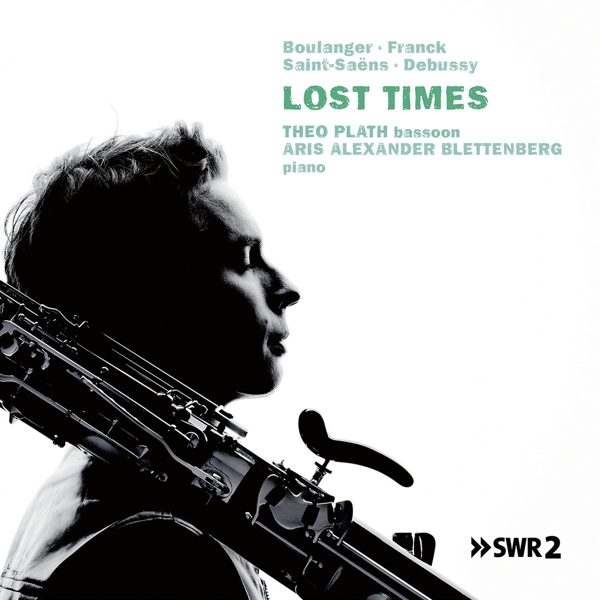Accessories |
My Account
|
Log In
|
English |
€ Euro |
Advanced Search
|
All Categories
BEST SELLER
500
NEW RELEASES
8.902
SPECIALS
225.702
Your search:
No selection
Filter results:
TECHNICS
267.393
GAMES/SOFTWARE
27.142
MUSIC
712.004
Christian Music
739
- Asia Pop
9.472
- Austro Pop
209
- Brit Pop
241
- Dutch Pop
1
- Euro Pop
39
- French Pop
558
- Indie Pop/Lo Fi
24
- Italo Pop
282
- Latin Pop
6.867
- MiddleoftheRoad
2.473
- Oldies
61
- Other Pop
231.727
- Party
33
- Synthi Pop
319
- The 60s
254
|
Music Movie Audiobooks Merchandise Children's |




















